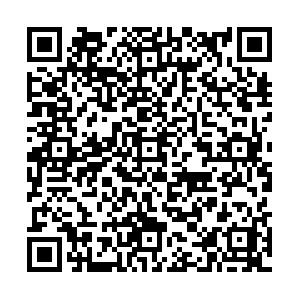Abstract:
Spatial self-organization is a common phenomenon in many natural ecosystems. The "fairy circle" is a typical spatial self-organization structure that has significant impacts on the ecological functions of the salt marsh vegetation ecosystems. Obtaining the spatial pattern and spatiotemporal changes of the "fairy circle" can provide important scientific support for clarifying its ecological evolution mechanism. In this study, a machine learning method based on random forest is used to intelligently identify and extract the "fairy circle" in salt marsh vegetation using the spatial-spectral information from unmanned aerial vehicle (UAV) LiDAR. First, the effects of the distance, incident angle, and specular reflection on intensity data are eliminated using the laser radar equation and the Phong model. Second, the corrected intensity data are filtered to separate the vegetation from the ground. Third, a series of spatial features and geometric variables are used to classify the normal vegetation and "fairy circles" using the random forest algorithm. The results demonstrate that the proposed method can accurately extract "fairy circles" from UAV LiDAR 3D point cloud data without requiring manual experience-based parameter settings. The overall accuracy of the proposed method is 83.9%, providing a high-precision method for the spatiotemporal distribution inversion of "fairy circles" and technical references for 3D point cloud data processing based on machine learning.


 E-mail Alert
E-mail Alert RSS
RSS


